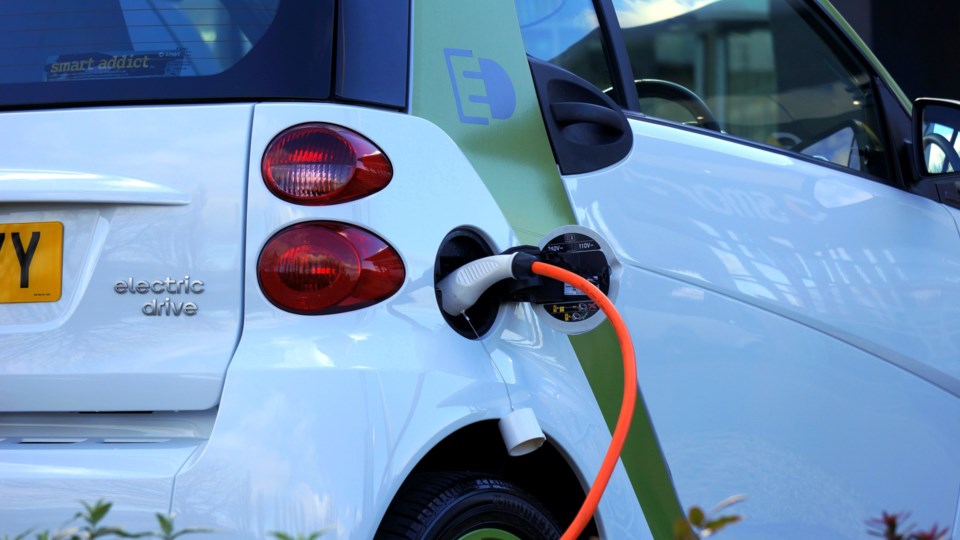Canada has much catching up to do on the mining front to meet the federal government's electric vehicle (EV) targets.
There needs to be “massive and rapid expansion” of mining and metal refining in short order to meet Ottawa’s mandated demand that all new passenger and light trucks sold in Canada must be zero emission by 2035, according to a new report by the Fraser Institute: Can Metal Mining Match the Speed of the Planned Electric Vehicle Transition?
To meet that goal, the public policy think-tank said 388 new mines must be developed in both Canada and the U.S., if Ottawa and Washington intend to have a domestic mine-to-car assembly plant supply chain.
Ottawa has set a target for automakers of having 35 per cent of all medium and heavy-duty vehicle sales to be electric by 2030. By 2040, that increases to 100 per cent of all vehicles.
Across the border, Washington’s target is for 50 per cent of all new passenger cars and light trucks sold in 2030 by electric or largely electric hybrid vehicles.
While the Canadian and U.S, governments want major increases of EVs on the road in only 7 to 10 years, the report said there’s significant risk that mining production “will fall short” of projected EV adoption and demand.
The International Energy Agency (IEA) suggests here's what's needed to meet those EV targets:
- 50 new lithium mines
- 60 new nickel mines
- 17 new cobalt mines.
The materials needed for cathode production will require 50 more new mines. The material needed for anode production means 40.
To build the battery cells will require 90 new mines. To build the electric vehicles themselves another 81.
In total, that adds up to 388 new mines.
For context, as of 2021, there were only 270 metal mines operating across the U,S., and only 70 in Canada.
Mines and refineries aren’t built overnight. They’re characterized by long lead, production timelines and “plagued by regulatory uncertainty and by environmental and regulatory barriers.”
Lithium production timelines, for example, are approximately six to nine years, while production timelines – from application to production – for nickel are 13 to 18 years, according to the IEA.
The report said establishing “aggressive and short-term EV adoption goals sets up a potential conflict with metal and mineral production.”
“The sheer scale of mining required to meet EV mandates raises serious questions about the timelines being imposed by governments,” said report author Kenneth Green, senior fellow at the Fraser Institute in a news release.
“The significant risk of inadequate mineral and metal production threatens the viability and realism of government-mandated EV transition plans.”




